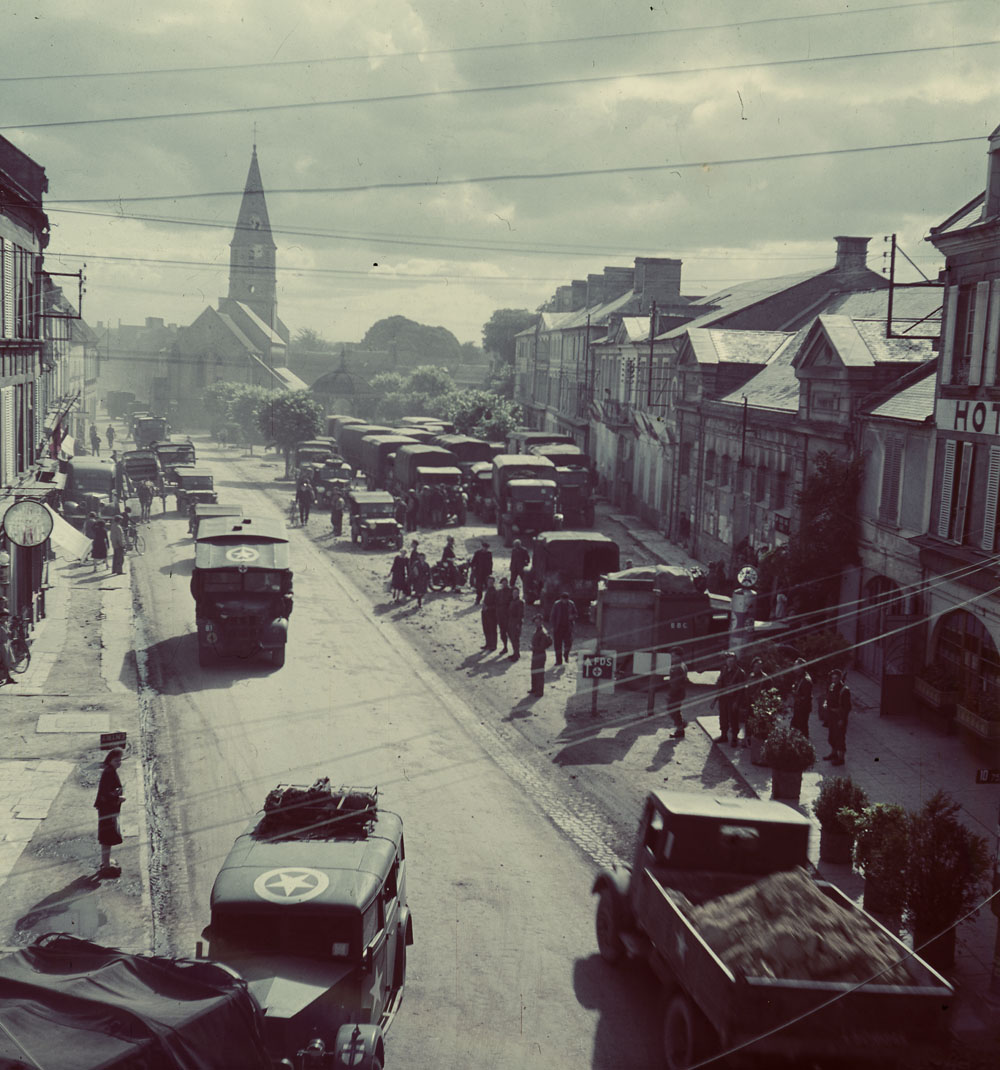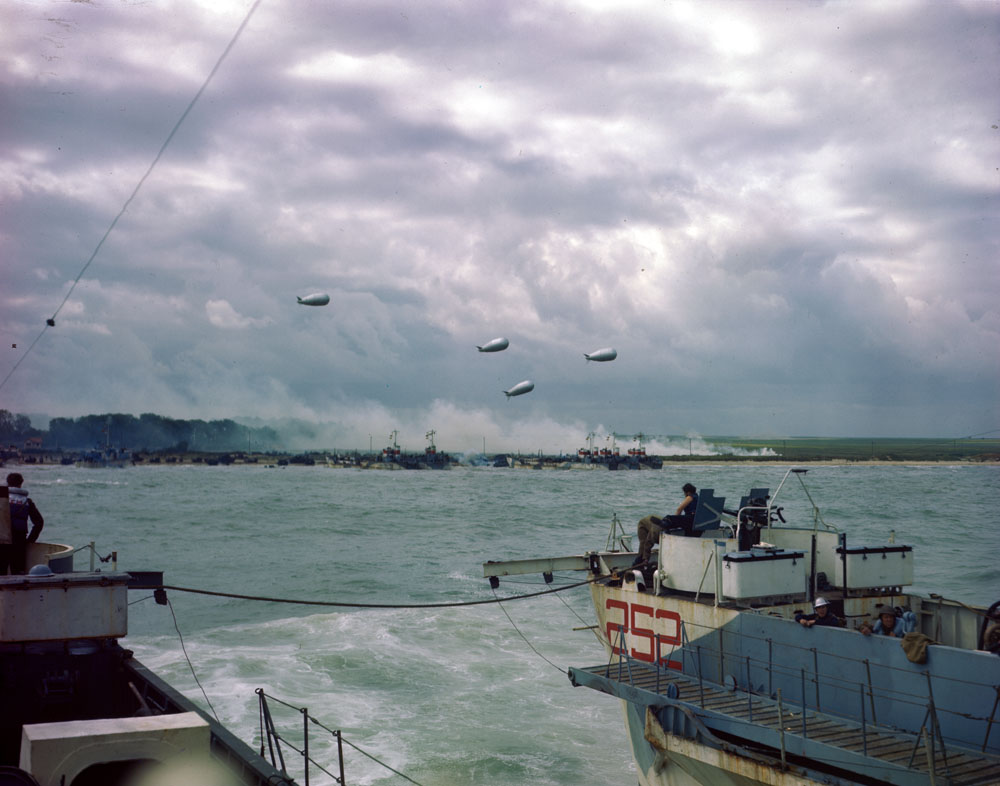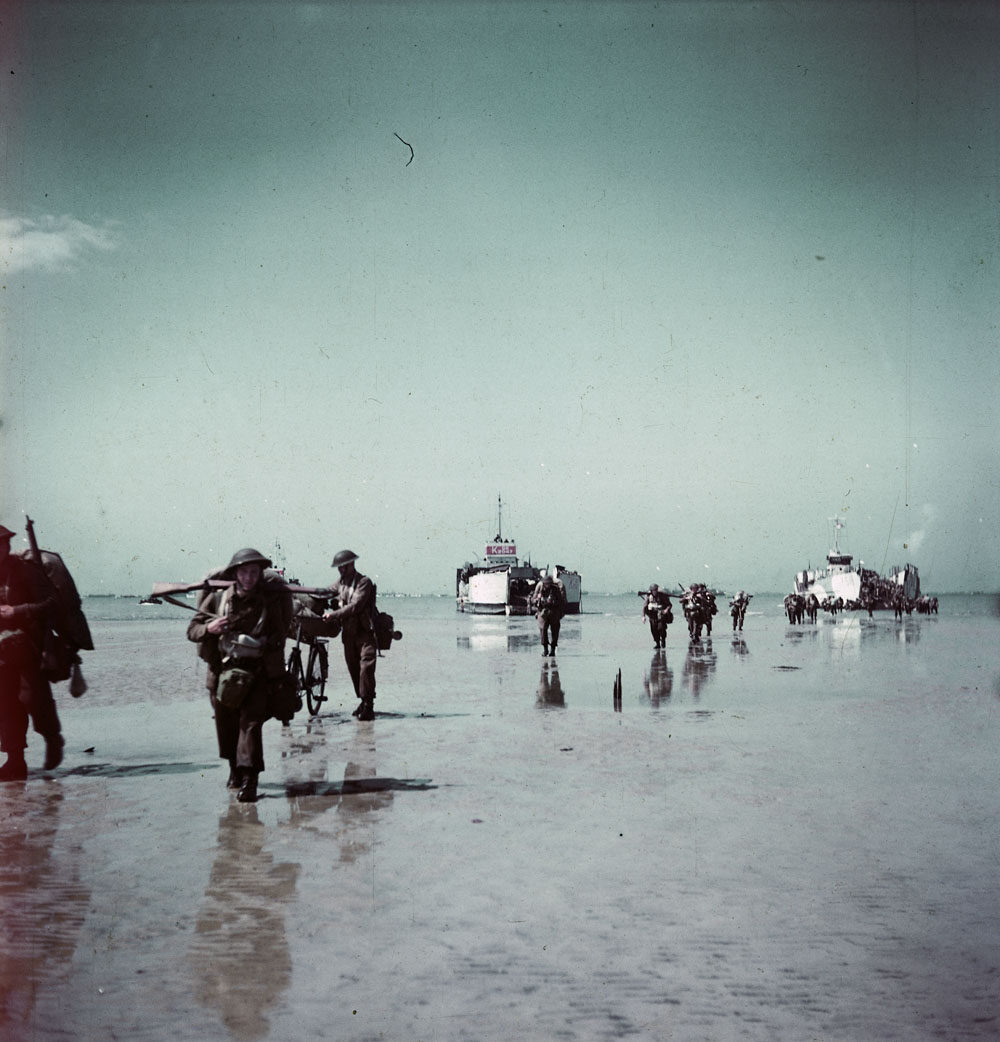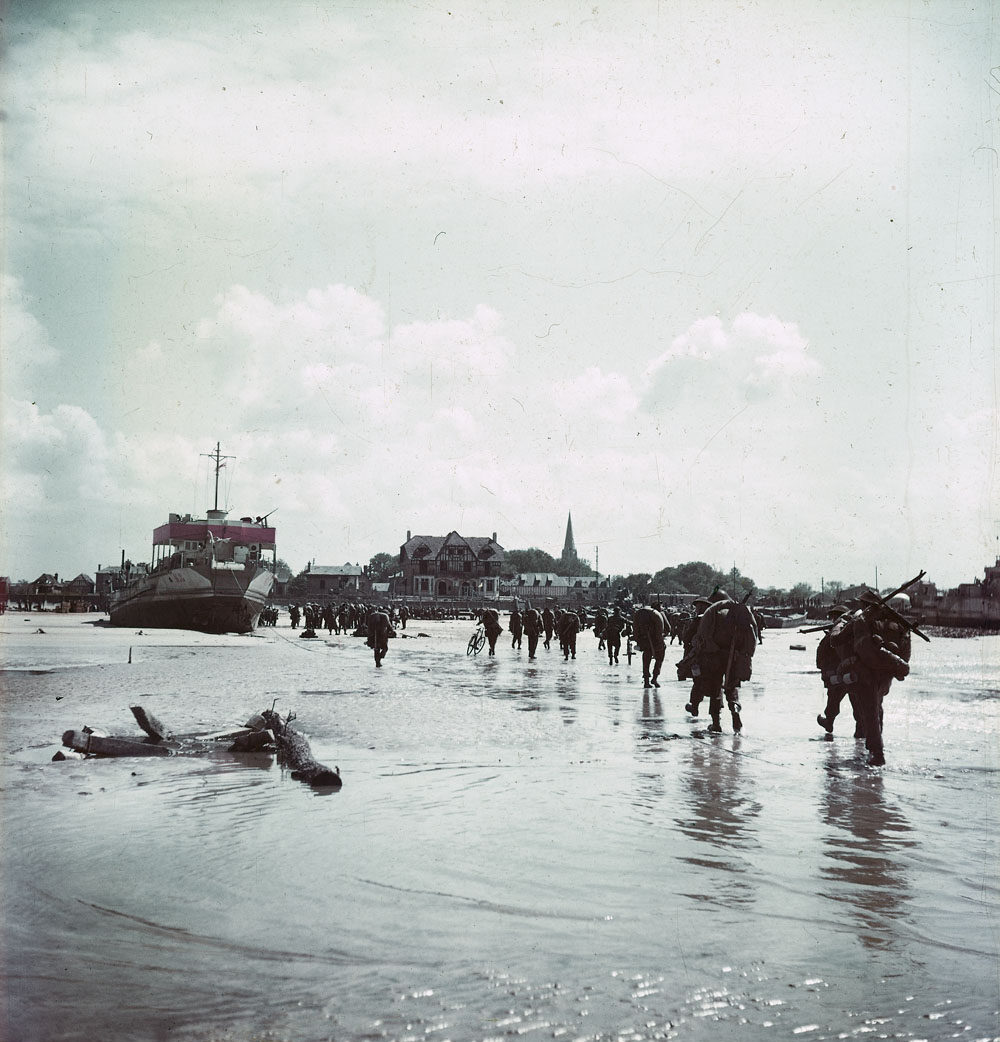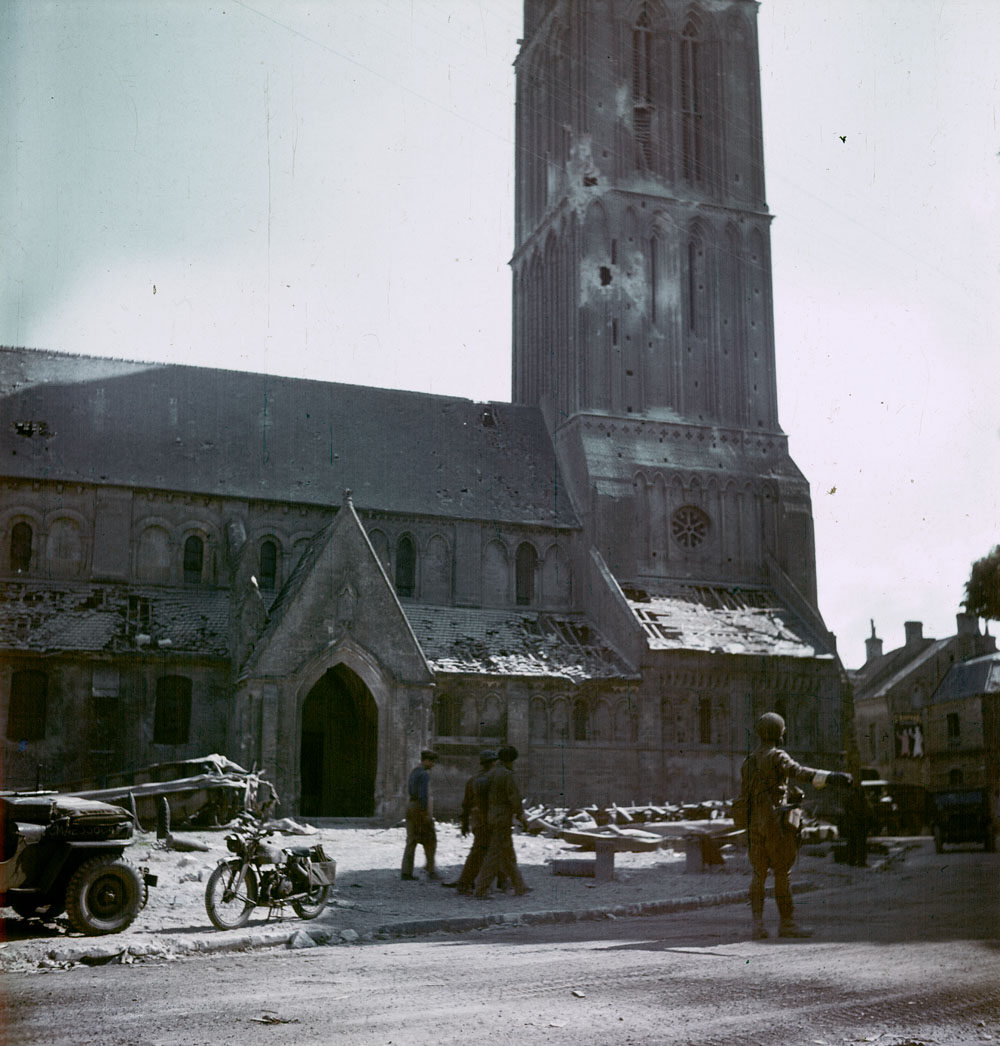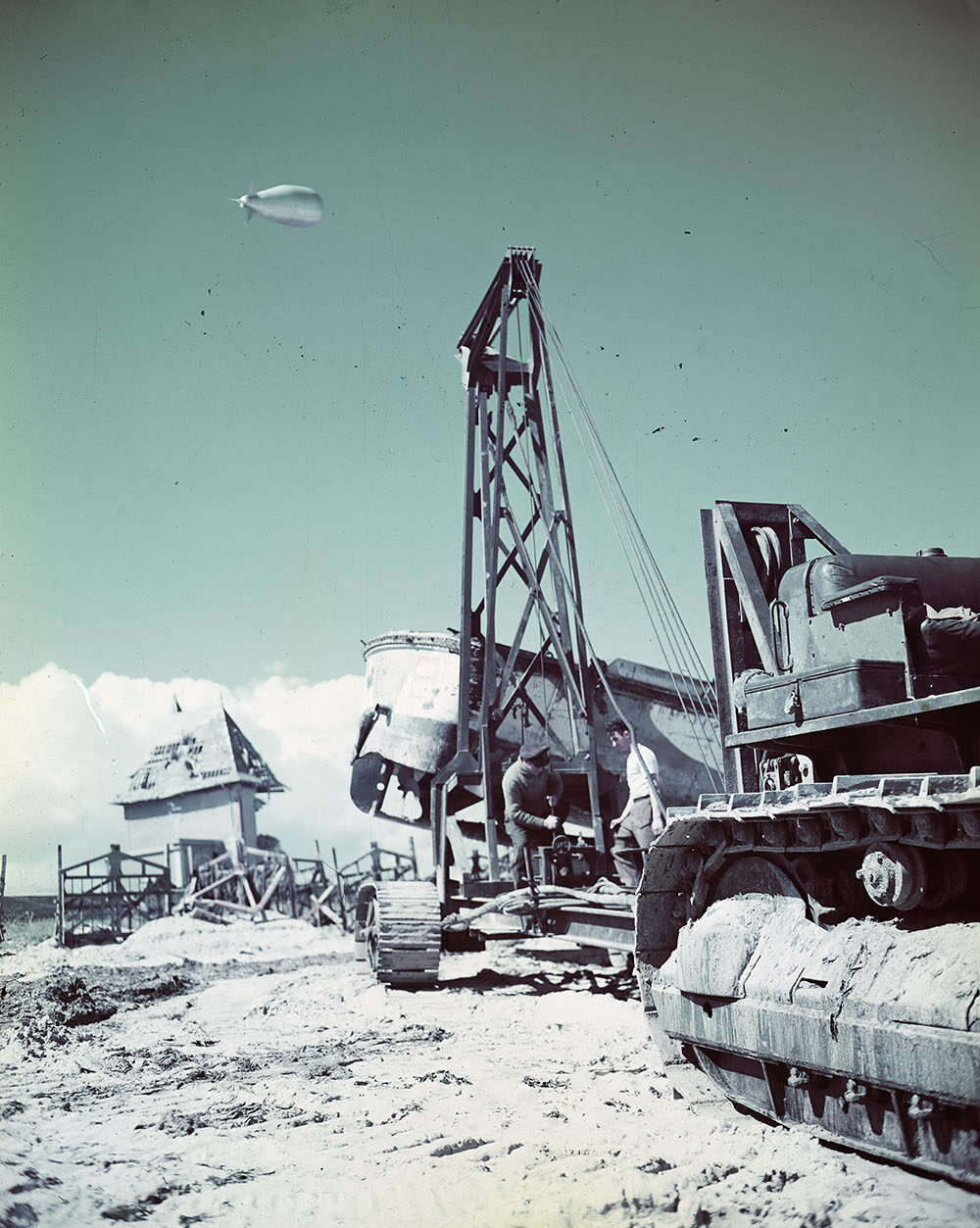The invasion of France
The Nazi Occupation
On May 10, 1940, Nazi Germany invaded Belgium, Luxembourg and the Netherlands before pushing into France. The extreme German offensive completely overwhelmed the French army. France surrendered and the country was then divided into two zones: the occupied zone governed by the Wehrmacht and the free zone governed by the Vichy regime. The Allies were up against a country entirely occupied by the German forces when they began preparing for the Normandy landings in France in the summer of 1944.
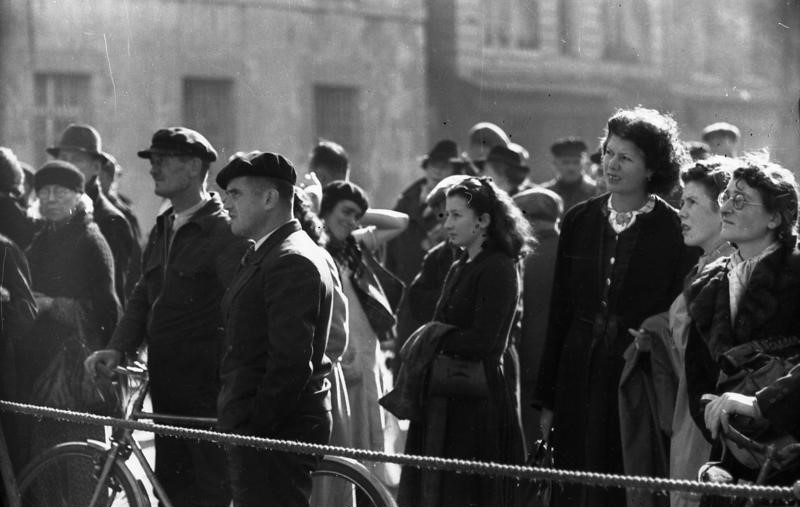

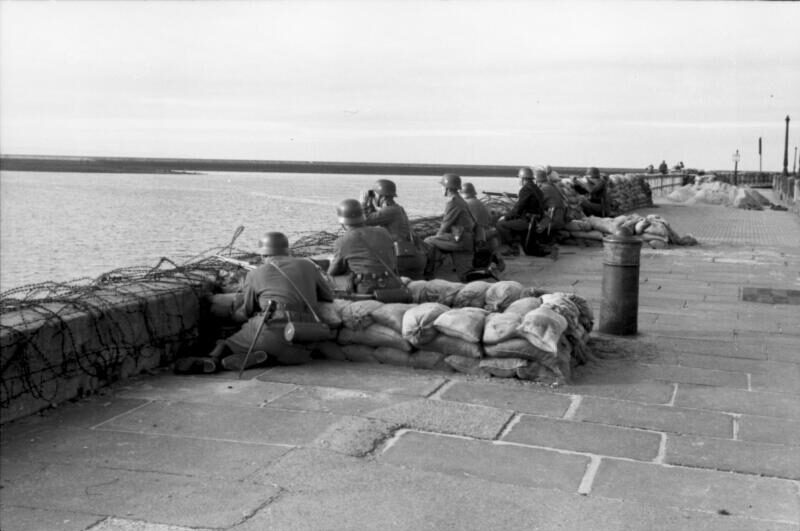
French Life Under the Occupation
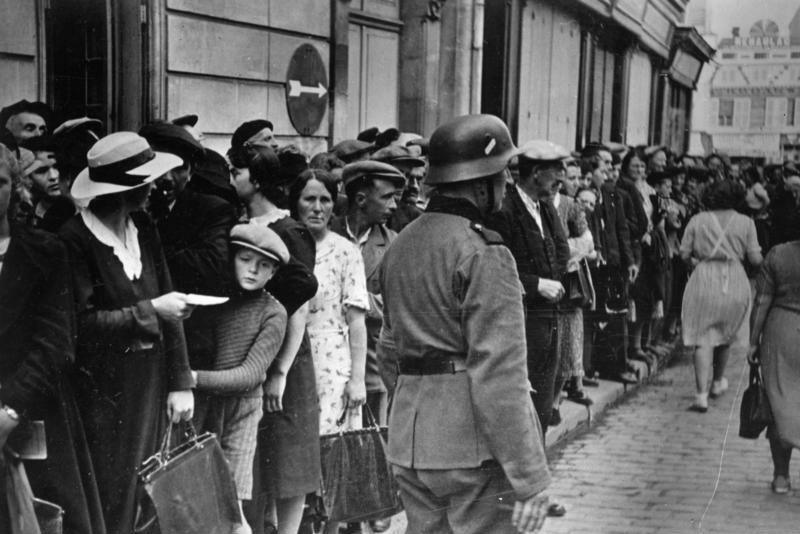
In the occupied zone, the Wehrmacht unleashed a regime of terror against French civilians, who had to cope with food rationing, forced labour, and exposure to Nazi propaganda. Movement and contact between the zones were also closely monitored. Many French sympathizers collaborated with the Wehrmacht. For example, a number of French politicians organized fascist militias to directly help the Nazis repress and carry out genocide against the Jews. In the free zone, the Vichy regime adopted totalitarian and anti-Semitic policies that led to the deportation of numerous Jews to Nazi death camps. In total, over 76,000 Jews were deported from France, many to Auschwitz.
Through their eyes
Ellie Dawang and Marguritte Quddus were both children when the German occupation of France began. Listen to their experiences living in occupied France below.
Videos courtesy of the Montreal Holocaust Museum.
However, French resistance to the occupying forces was also very strong, and by June 1944, more than 100, 000 people had joined the maquisards. These resistance fighters hid in the woods and mountains where they launched sabotage and assassination operations against the occupiers. The consequences for participating in these actions could be very severe. In fact, the Wehrmacht even committed war crimes in an attempt to eradicate the Resistance.
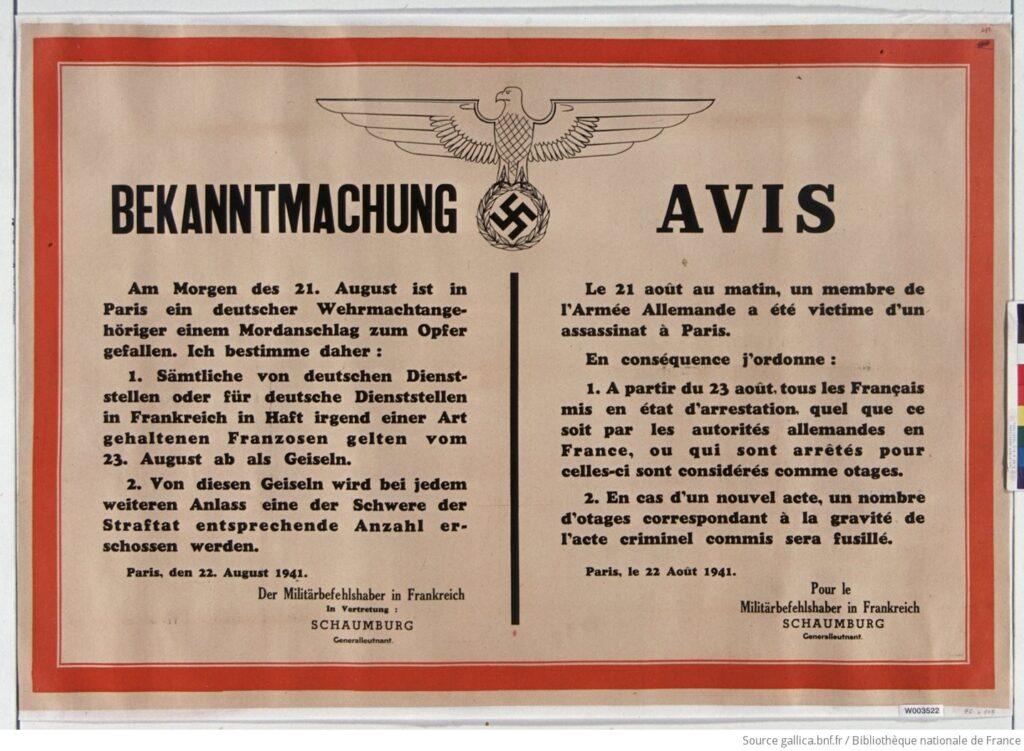
On August 21, 1941, a member of the Wehrmacht was murdered in Paris by a presumed French Resistance fighter. In response, the occupying army issued this notice announcing retribution against anyone considered a suspect in the murder.
Image courtesy of Gallica/BNF.

